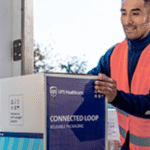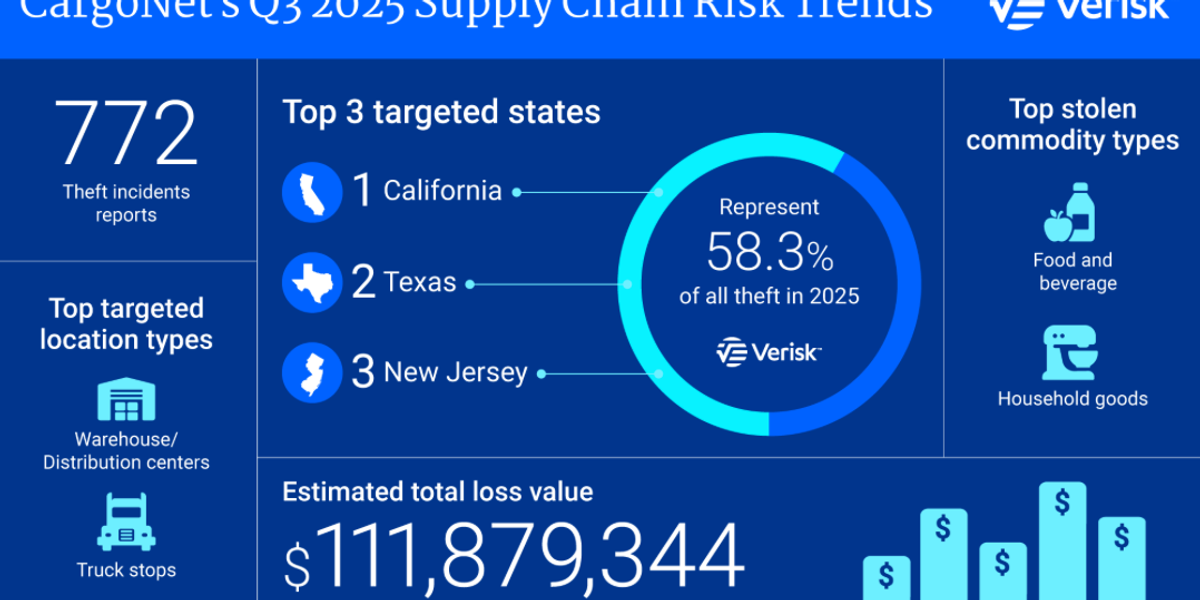
Organized crime groups are leading a boom in the theft of high-value cargo across the U.S. and Canada by using social engineering techniques to learn the names and contact information of brokerage professionals and carriers, then redirect legitimate shipments to nefarious destinations, according to theft prevention and recovery company CargoNet.
The company’s latest report shows stabilization in the theft landscape, evolving tactics among organized crime groups, and increased targeting of high-value and ultra-valuable goods, researchers said.
Specifically, CargoNet recorded 772 cargo theft incidents across the US and Canada in Q3 2025 – a modest 1% increase compared to Q3 2024 and a 10% decrease from Q2 2025.
But while the volume of incidents has remained relatively stable, the financial impact has risen to record levels. The total value of stolen goods in the third quarter of 2025 reached $111.88 million, driven by organized crime groups targeting high-value shipments of enterprise computers, cryptocurrency mining equipment, and copper products. The average value of a stolen shipment more than doubled to $336,787, compared to $168,448 in the third quarter of 2024, clear evidence that cargo thieves are becoming more strategic in selecting targets.
As the industry enters the final quarter of 2025, CargoNet expects organized crime groups to be in a transitional phase, as they adapt to the latest anti-fraud tools in the logistics industry.
For example, some groups are abandoning complex schemes — such as proof-of-delivery fraud and power grabs — in favor of simpler, more straightforward thefts of unattended loaded trailers, especially in Southern California, the Bay Area, Phoenix, and Lake Tahoe.
But at the same time, other groups are improving their fraud methods to bypass security measures through social engineering tactics. These actors are exploiting a critical vulnerability: most anti-fraud tools focus on the freight bidding phase. So, using sophisticated social engineering, criminals are now collecting intelligence on shipments actually intended for legitimate carriers. Once they identify the transportation company, they impersonate company representatives to mislead drivers.
Specifically, criminal groups use social engineering techniques to obtain precise shipment details such as: the specific brokerage handling the shipment, the designated automated courier, and most importantly, the names and contact information of individual touchpoints at the brokerage and carrier levels. By using the correct names, company details and shipment details, these criminals gain credibility that allows them to redirect shipments to fraudulent addresses without the shipment ever being released.










